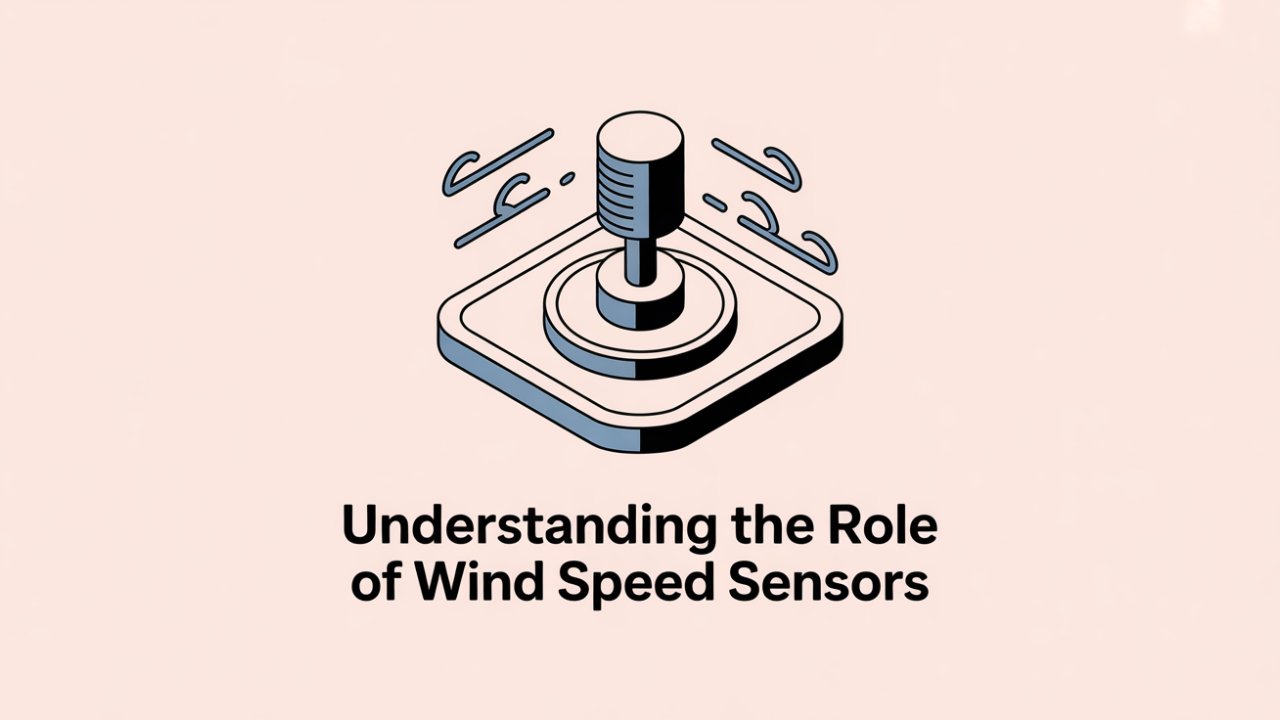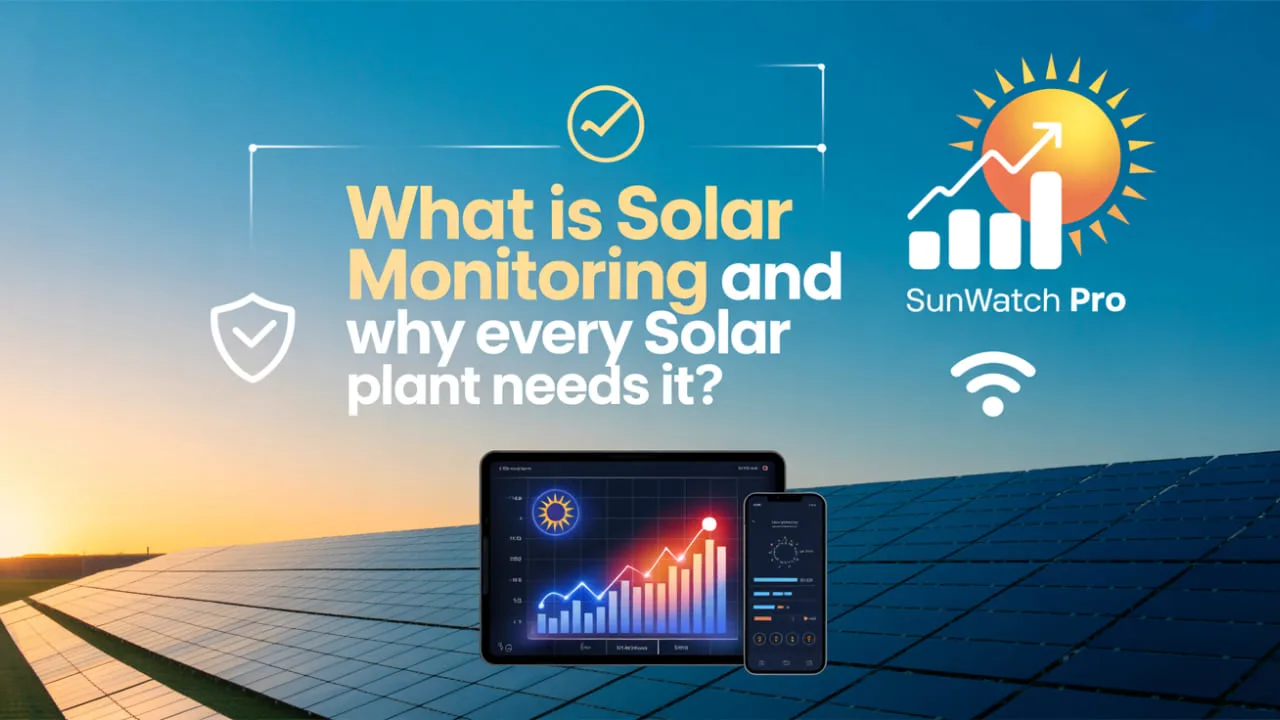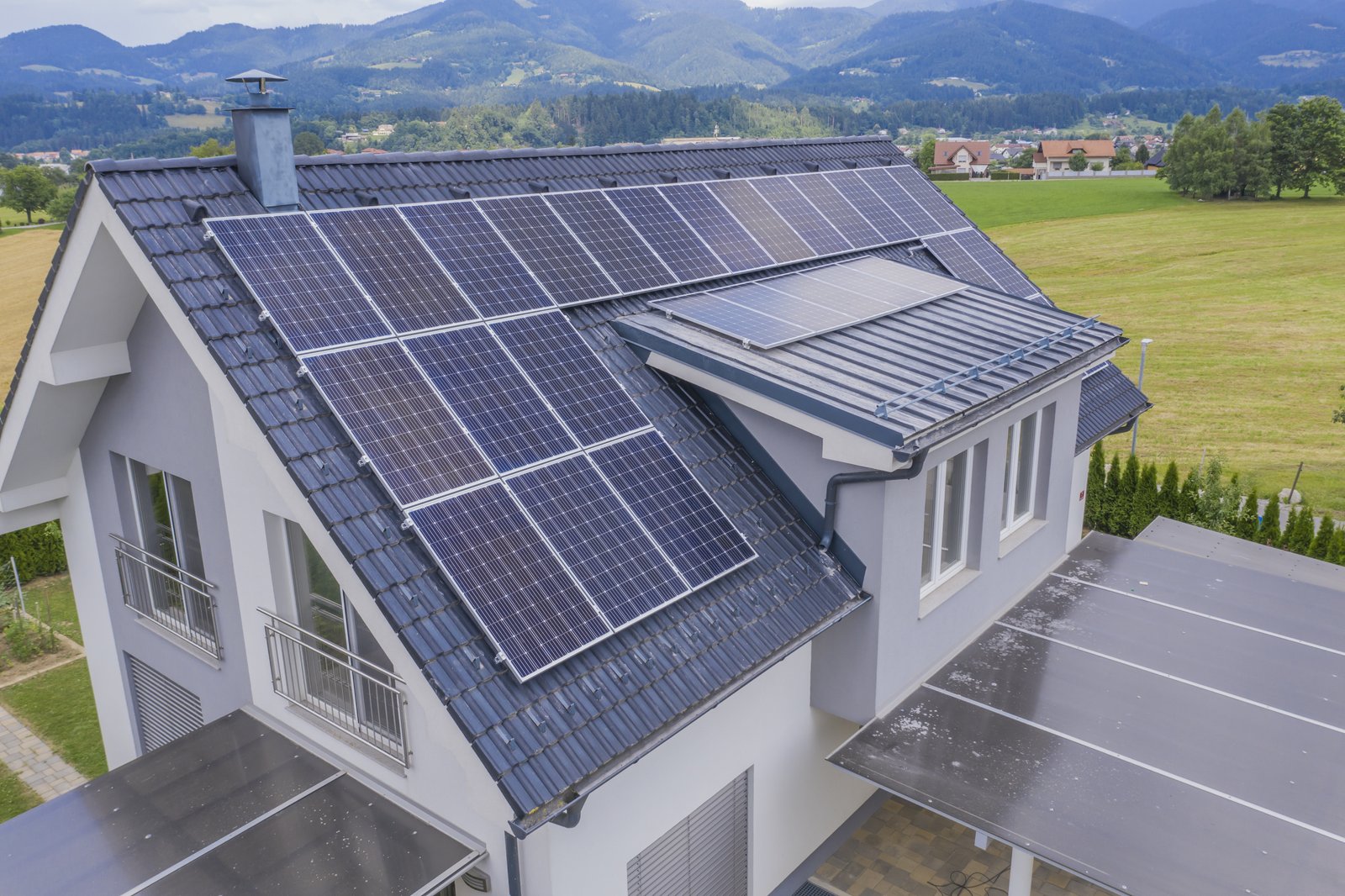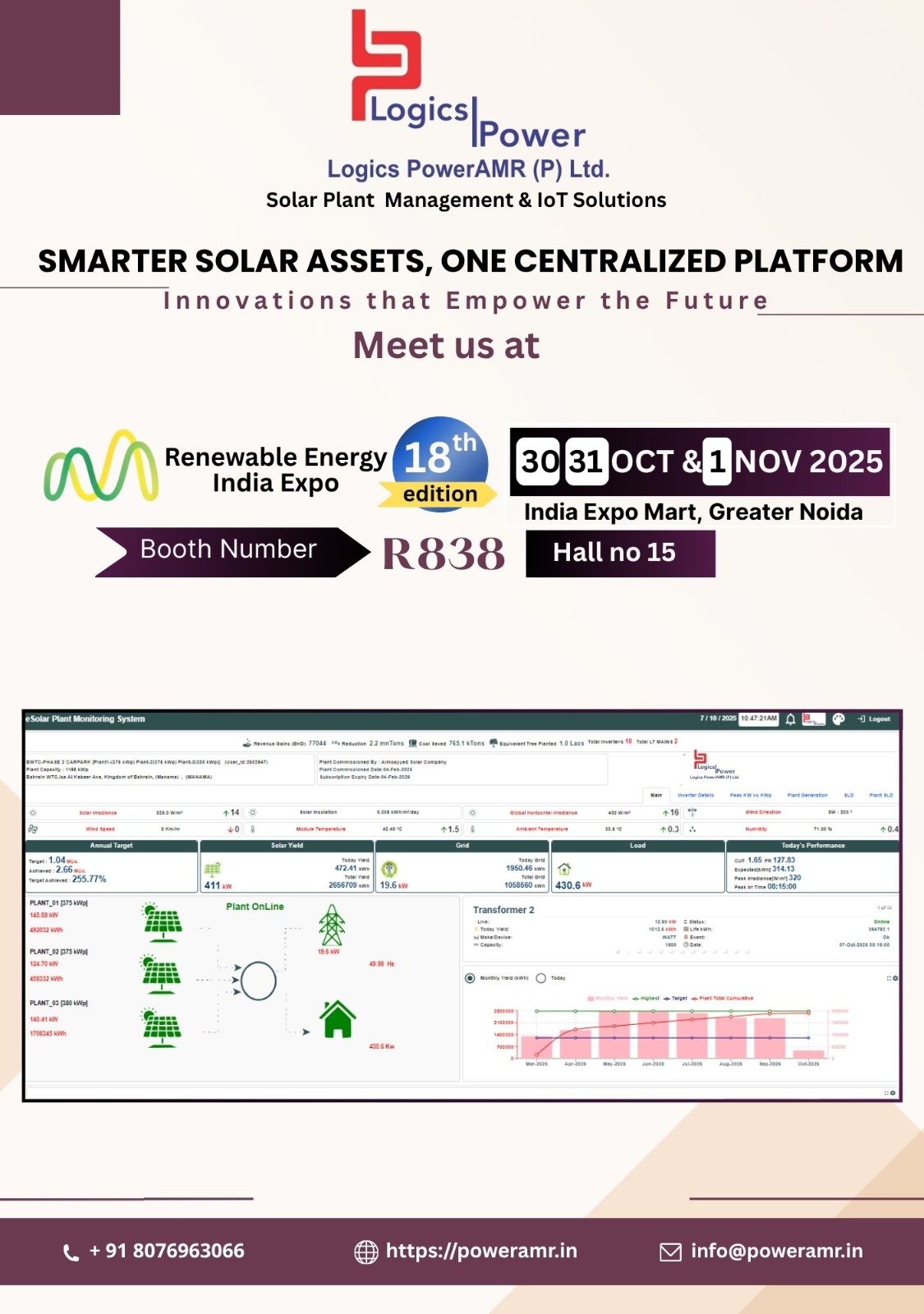14/10/2025
Blogs
How Energy Monitoring Systems Help Industries Cut Costs and Boost Efficiency?
How Energy Monitoring Systems Help Industries Cut Costs and Boost Efficiency?
.jpg)
In every industry, efficient energy use plays a crucial role in keeping operations smooth and cost-effective. However, managing energy without the right insights can lead to hidden wastage and missed savings. That’s where an Energy Monitoring System proves valuable. It actually helps industries track energy use in real time, identify patterns, and make data-driven decisions in order to reduce unnecessary consumption.
From lessening electricity bills to improving equipment performance, these systems provide a wide range of benefits. In this blog, we’ll explore how energy monitoring systems work, their key features, and industrial use cases, cost-saving examples, and how they actually help industries cut costs and boost efficiency along with a look at what truly makes Logics PowerAMR’s solution stand out.
What Is an Energy Monitoring System?
An Energy Monitoring System (EMS) is a smart solution that helps industries track, analyze, and manage their energy consumption in real time. It collects data from various electrical devices along with systems across a facility, and gives businesses a clear view of how and where energy is being used.
Key Components:
-
Sensors and Meters: These are installed on machines or electrical panels in order to measure energy use.
-
Data Logger/Gateway: Collects data from sensors and transfers it to the central system.
-
Cloud Dashboard or Software Platform: Shows the data through charts, graphs, and reports for easy analysis.
-
Alerts and Notifications: Sends warnings to the users regarding unusual consumption or faults instantly.
How It Works:
The EMS continuously gathers data from all connected devices. This data is then sent to a cloud-based platform or local dashboard, where it’s processed and presented in an easy-to-understand format. Users can monitor consumption patterns, receive alerts, generate reports, and make informed decisions in order to improve efficiency and reduce waste.
Top Benefits of Using an Energy Monitoring System
1. Reduced Electricity Bills
By using an energy monitoring system, industries gain complete visibility into where and how energy is being consumed. In the first step, it actually helps spot inefficiencies like idle machines or excessive usage. Over time, making informed adjustments based on this data can significantly reduce electricity bills without even affecting daily operations.
2. Real-Time Alerts
Industries benefit from instant updates through an energy monitoring solution, which sends real-time alerts whenever abnormal energy usage is detected. These alerts help operators act quickly, whether it’s shutting off a faulty machine or adjusting processes, thus preventing costly downtime and maintaining efficiency across the system.
3. Load Optimization
Load optimization becomes easier with an industrial energy monitoring system that truly provides accurate data on peak usage and load distribution. By analyzing this data, industries can even schedule heavy operations during off-peak hours, reduce strain on the power system, and avoid extra charges. Ultimately, it results in improved performance and lower cost.
Industrial Use Cases of Energy Monitoring Systems
1. Manufacturing Units
In manufacturing plants, energy is actually consumed at multiple stages that include cutting, welding, assembling, and more. Monitoring systems help track energy usage across machines and departments, making it much easier in order to spot inefficiencies and reduce unnecessary consumption. This leads to better machine uptime, lower operations costs, along with smarter production planning.
2. Data Centers
Data centers rely heavily on uninterrupted power for servers, cooling systems, as well as backups. Energy tracking tools allow these facilities in order to monitor real-time usage, balance loads, and detect unusual spikes that could signal equipment issues. This actually improves system reliability, reduces the risk of outages, and supports energy-efficient operations.
3. Process Industries
Industries involved in continuous operations, like chemical or food processing, require precise energy control. With real-time monitoring, operators can maintain stable production environments, reduce energy waste, and ensure optimal functioning of heat exchangers, pumps along with motors, and it results in better product quality and cost control.
Cost-Saving Examples
A medium-scale manufacturing unit actually integrated an energy monitoring system in order to gain better visibility into its power usage. Initially unaware of hidden inefficiencies, the unit soon discovered that several machines were consuming electricity even during downtime and that certain operations were drawing excess power during peak hours. With real-time data and actionable insights, they actually adjusted machine scheduling, optimized load disruption, along implemented auto shutdowns during idle periods.
Over time, these changes led to a significant reduction in overall power consumption, resulting in a noticeable drop in energy bills. Though the exact savings may vary, the cost reduction was substantial enough to recover the system investment within months. This case actually highlights that continuous energy tracking can lead to smarter decisions, increased efficiency, and long-term financial benefits for industrial operations.
When choosing an energy monitoring system, it’s important to ensure it offers features that provide clear visibility, control, and actionable insights. Here are the essential ones:
Key Features to Look for in a System
Cloud-Based Dashboard
A cloud-enabled dashboard allows you to monitor energy consumption in real time from anywhere. It actually ensures secure access, centralized control, along with seamless data synchronization across locations. It’s perfect for multi-site operation.
Device-Level Data
Detailed monitoring at the individual device or machine level helps pinpoint where energy is being wasted. This granularity supports targeted optimization, preventive maintenance, and better load management.
Automated Reports
Customizable reports help you track performance, compare usage over time, and meet compliance requirements. Schedule reports delivered via email or dashboard make energy management more structured and data-driven.
Advanced Analytics
Built-in analytics use historical and real-time data in order to identify trends, detect anomalies, and recommend optimizations. These insights drive smarter decisions that lead to reduced costs along with improved energy efficiency.
How Logics PowerAMR’s EMS Stands Out?
Logics PowerAMR’s Energy Monitoring System stands out with its advanced cloud-based platform, real-time device-level tracking, and intelligent analytics customized for industrial efficiency. Unlike generic solutions, the company offers highly customized dashboards, automated reporting, along with seamless integration with existing infrastructure and enabling businesses to make smarter decisions effortlessly.
Its user-friendly interface and proven performance across industries make it a reliable choice for energy optimization. Are you ready to take control of your power consumption? Explore Logics PowerAMR’s EMS solutions here and unlock smarter energy savings today.
Conclusion
When you invest in a reliable energy monitoring system, it can be a strategic move for your businesses, if you aim to reduce operational costs and enhance efficiency. By offering real-time data, device-level insights, as well as intelligent analytics, such a system truly empowers you to make informed decisions and take control of your energy usage. Logics PowerAMR’s EMS stands out with its smart features, user-friendly design along with proven industries. Read to transform the way your business consumes energy? Schedule a free demo or contact our experts in order to get started today.
10/10/2025
03/10/2025
08/09/2025
18/08/2025









